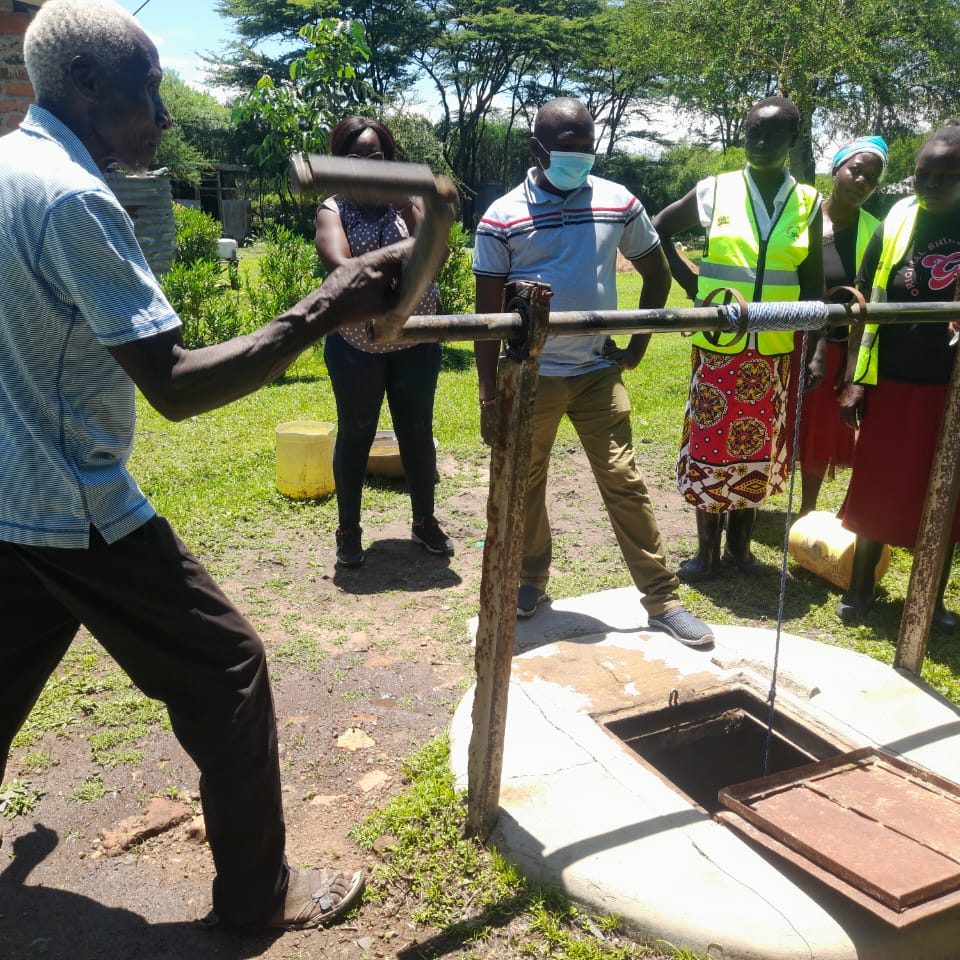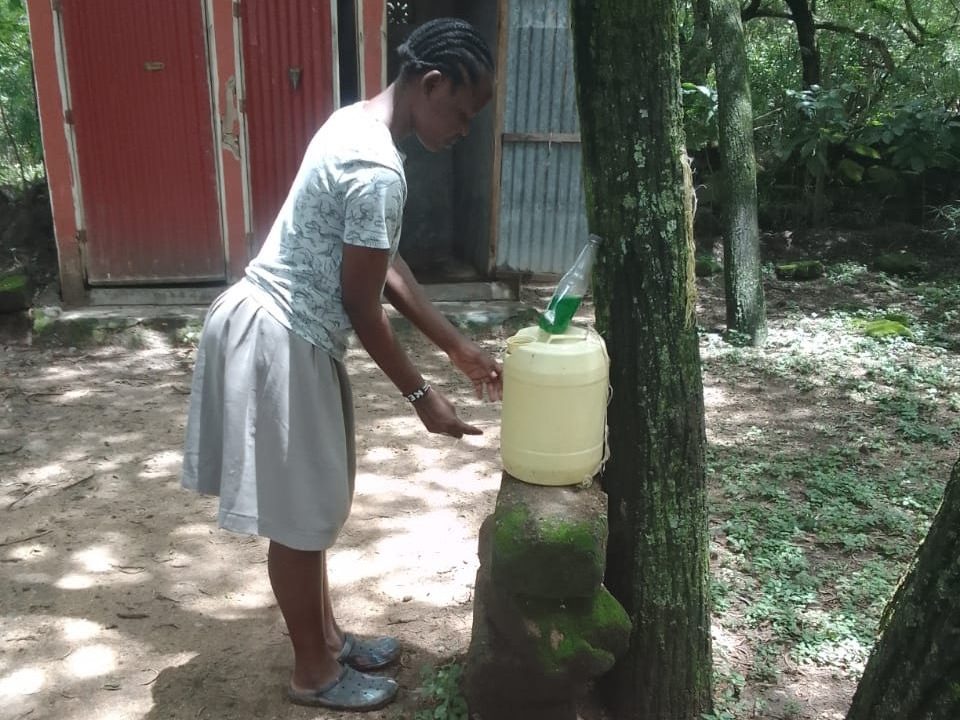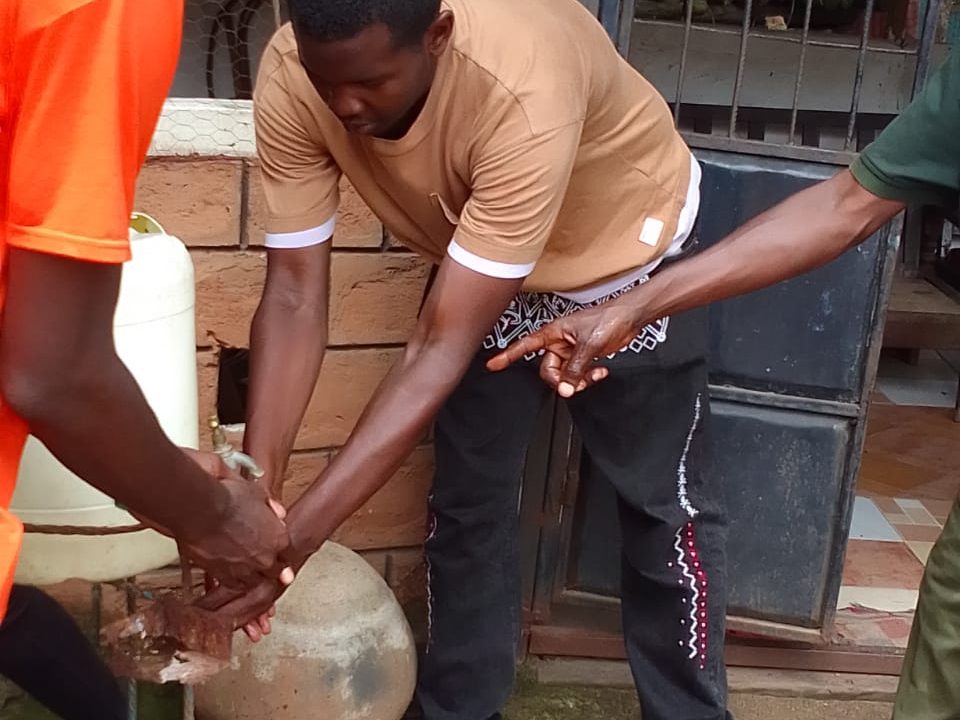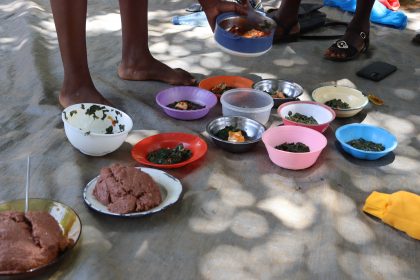Crowds swell like ugali in hot water—tight, sweaty, and impossible to stir apart as politicians crisscross counties with people chanting, dancing, so does cholera get a free ride in the mix of strained sanitation.
Political rallies and mass gatherings aren’t just about speeches and cheers—they can fuel cholera outbreaks. According to the World Health Organization’s Global Task Force on Cholera Control, campaign seasons create a dangerous mix: crowded spaces, strained sanitation, and disrupted healthcare.
When thousands gather, the risk of infection spikes. And, as attention shifts to politics, basic services—clean water, medical care, waste management—often slip through the cracks. The result is a perfect storm for cholera to spread. In the battle against outbreaks, even democracy has unintended consequences.
Kenya’s first major cholera outbreak was reported in 1971 as part of the world’s major outbreaks that year, according to the World Health Organization (WHO). Though there were limited reports of cholera throughout the 1970s, ’80s, and until the early 1990s due to a lack of active surveillance when Kenya was a single-party state. Disease outbreaks that threatened the public were so controlled that doctors who reported the first HIV/Aids cases in Kenya were arrested over fears the exposure ‘would scare away tourists.’
The Ministry of Health and WHO have noted that Kenya experiences cholera outbreaks every five to seven years, which clearly overlap with election years. This pattern reveals a troubling connection between political activities and public health crises in the country.
Kenya’s first Multiparty elections in 1992 had scattered cholera outbreaks, but with minimal data recorded. However, between the 1997 elections to 1999, over 26,000 cholera cases were reported, including 1,300 deaths—a devastating toll that coincided with political transition.
Political instability directly impacts public health infrastructure and disease control efforts
The 2007 elections and ensuing post-poll violence that displaced 600,000 Kenyans saw over 16,000 cholera cases, including 450 deaths. In the 2013 elections to 2015, over 17,000 cholera cases were recorded, while in the 2022 elections, over 12,000 cases were reported, including 200 deaths. These statistics demonstrate how political instability directly impacts public health infrastructure and disease control efforts.
The culprits are exposure to contaminated food and water, as proper food handling practices might be less rigorous than usual during political campaigns. Health officials are also less vigilant during looming regime changes to oversee access to safe and clean water and implement adequate sanitation facilities and safe waste disposal.
The United States effectively eliminated endemic cholera by 1911, just before World War I, according to the Centres for Disease Control and Prevention (CDC). This remarkable achievement stemmed from revolutionary investments in municipal water treatment, sewer systems, and strict public health regulations during the early 20th century. Today, fewer than 20 cholera cases annually occur in the USA, and most are linked to international travel from countries with cholera prevalence.

The United Kingdom’s last major cholera outbreak occurred in 1854, when physician John Snow famously traced the source to a contaminated water pump on Broad Street, establishing modern epidemiology principles. Germany eliminated endemic cholera by 1892 through systematic urban sanitation reforms, while Japan hasn’t seen significant outbreaks since the 1980s due to comprehensive water quality monitoring systems. In Canada, New Zealand and Australia, a robust public health infrastructure has prevented cholera outbreaks for 50-100 years.
How come? Dr Riro Mwita, a Physician at Kiambu Level 5 Hospital explains that “These Western countries have heavily invested in their water and sewerage systems” and drawing parallels from Kenya which fashions itself as the ‘Singapore of Africa’ the capital city Nairobi has a broken sewerage system which takes time to repair and Dr. Mwita says “that sewerage flows into the water sources which people consume” spreading cholera.
Egypt controls outbreaks through strict Nile Delta water monitoring and tourist area surveillance
WHO reports that while no African country has completely eliminated cholera, Morocco, Egypt, Algeria, Libya, Tunisia, and Senegal have achieved minimal outbreaks through better water and sanitation systems.

Morocco’s National Water and Sanitation Plan now covers 97 per cent of urban and 65 per cent of rural areas. Egypt controls outbreaks through strict Nile Delta water monitoring and tourist area surveillance. Algeria uses desalination plants to protect coastal regions.
Libya maintains low rates with emergency water treatment systems despite political instability. Tunisia combines public health education with food safety regulations in tourist zones. Senegal has reduced cases by 80 per cent since 2010 through community-led sanitation and strategic vaccine deployment during rainy seasons.
According to Dr Mwita, active surveillance of the sewerage system, fixing broken pipes or buying new ones, to avoid contamination and protecting water sources are key to curbing cholera.
“African countries should protect their water sources including piped water,” says Dr Mwita who says while you will see people vending water in Nairobi,” you never see that in the US or in the Western world, unlike in Africa where you find people hawking water in the streets because we do not have proper water supply.”
Severe dehydration within 24 hours to five days after infection can lead to death if not treated
Dr Mwita explains that strengthening the surveillance unit in the counties for proper contact tracing during outbreaks, to visit the patient’s home, besides sensitising surrounding communities on identifying the signs and symptoms and how to prevent further spread.
Some signs and symptoms of cholera include sudden severe watery diarrhoea, vomiting, muscle cramps and severe dehydration within 24 hours to five days after infection, which can lead to death if not treated.

Dr Mwita explains that severe dehydration affects the kidneys, leading to kidney injury and eventually kidney failure, which can lead to death.
Managing cholera patients, says Dr Mwita is via hydration and “Very rarely do we give antibiotics because after proper hydration, they recover and go home.”
Some regions have kept cholera cases low by following WHO guidelines that use a multi-step approach. First, strong surveillance helps detect outbreaks early. Health workers track cases carefully, noting who is affected and where. Clear reporting systems ensure fast action.
Next, clean water and sanitation are critical. People need access to safe drinking water, whether treated, bottled, or from protected sources. Proper toilets prevent contamination. Handwashing with soap is also a must.
Cholera prevention requires active community engagement where members promote safe water practices and help report suspected cases
Finally, community engagement makes a difference. Teaching people about cholera risks and prevention helps stop the spread. When communities get involved, outbreaks are harder to grow.

For instance, in Nyeri town, NYEWASCO has implemented programs like the Upscaling Basic Sanitation for the Urban Poor (UB-SUP), building 204 subsidised toilets for vulnerable families, aiming to improve hygiene levels and reduce cholera risk.
Cholera prevention requires active community engagement where members promote safe water practices and help report suspected cases. Clear and accurate communication about prevention and control measures is essential to build trust and ensure compliance.
Treatment should focus on prompt rehydration therapy, with antibiotics used for severe cases and hospitalisation when intensive care is needed. Oral cholera vaccines can complement water and sanitation improvements in high-risk areas, with vaccination efforts targeting the most vulnerable populations who lack access to safe water and sanitation.
The National Multi-Sectoral Cholera Elimination Plan 2022-2030 by the Ministry of Health, which is aligned to Ending Cholera- A Global Roadmap to 2030, envisions a 90 per cent reduction in cholera deaths by 2030.
This plan outlines key intervention pillars including leadership, surveillance, case management, risk communication, water, sanitation and hygiene (WASH), and oral cholera vaccine.

TOWN HALL ALERT: Is SHA Working for You?
Let’s talk honestly about what’s working—and what’s not.
#LetsTalkSHA





















